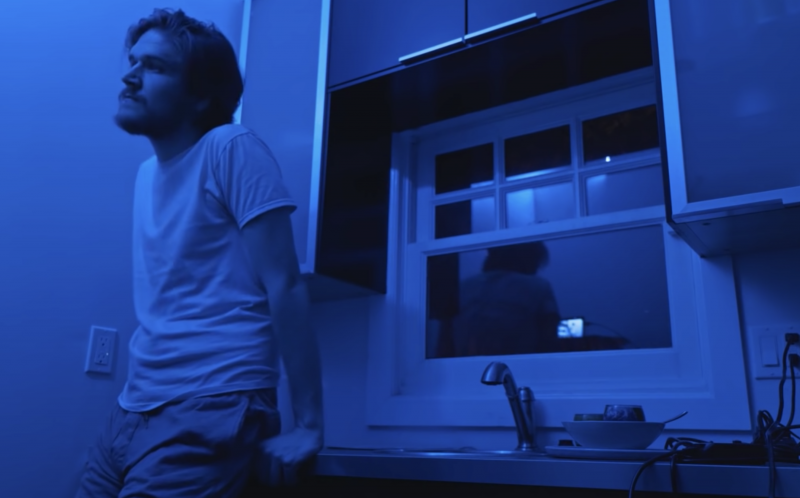Inside is chaos, at first glance: Burnham is in one room, working alone to make the special, performing a series of silly songs about Instagram and the internet and “problematic” men, using a disco ball and colored lights to dress up the plain space. He slam-cuts between footage of himself sitting at a keyboard singing (he’s both a good singer and a terrific writer of catchy pop hooks!) and footage of himself in a near-catatonic state, as his hair and beard get longer and scragglier. He says it took over a year to film, and you can see that year in his face and in his outright exhaustion. Almost none of it is stand-up, although he occasionally begins to do traditional comedy and finds that it turns sour or uninspired, and that it makes no sense without an audience to laugh at it.
How to receive this special is complicated by the fact that Burnham is a writer, of course, and this is not a documentary but an exceptionally well-written piece of theater. (The term “tour de force” has been cheapened by overly broad application, but here, I’d allow it.) Lines between truth and fiction are blurry. He talks about his panic attacks and how they pulled him out of stand-up, which is something he’s disclosed in interviews, including a very good New Yorker profile. But there are also sequences shot as if they’re spontaneous even though they aren’t, so it’s not a vérité video diary.
What it does so successfully is capture the unquiet isolated mind. As I watched it—having spent more than a year almost completely alone with my dog—I kept feeling it buzz uncomfortably close, as if it were telling secrets about how isolation feels that were supposed to remain secrets. The Burnham you see alone in his house was not a literal translation of my own experience, by any means. I did not wind up unable to get out of bed, or stuck in one room, or feeling myself go to pieces in quite the way this represents. But the more I thought about it, the more I realized: This is a picture of what the inside of my head felt like for a year.

9(MDAxOTAwOTE4MDEyMTkxMDAzNjczZDljZA004))

